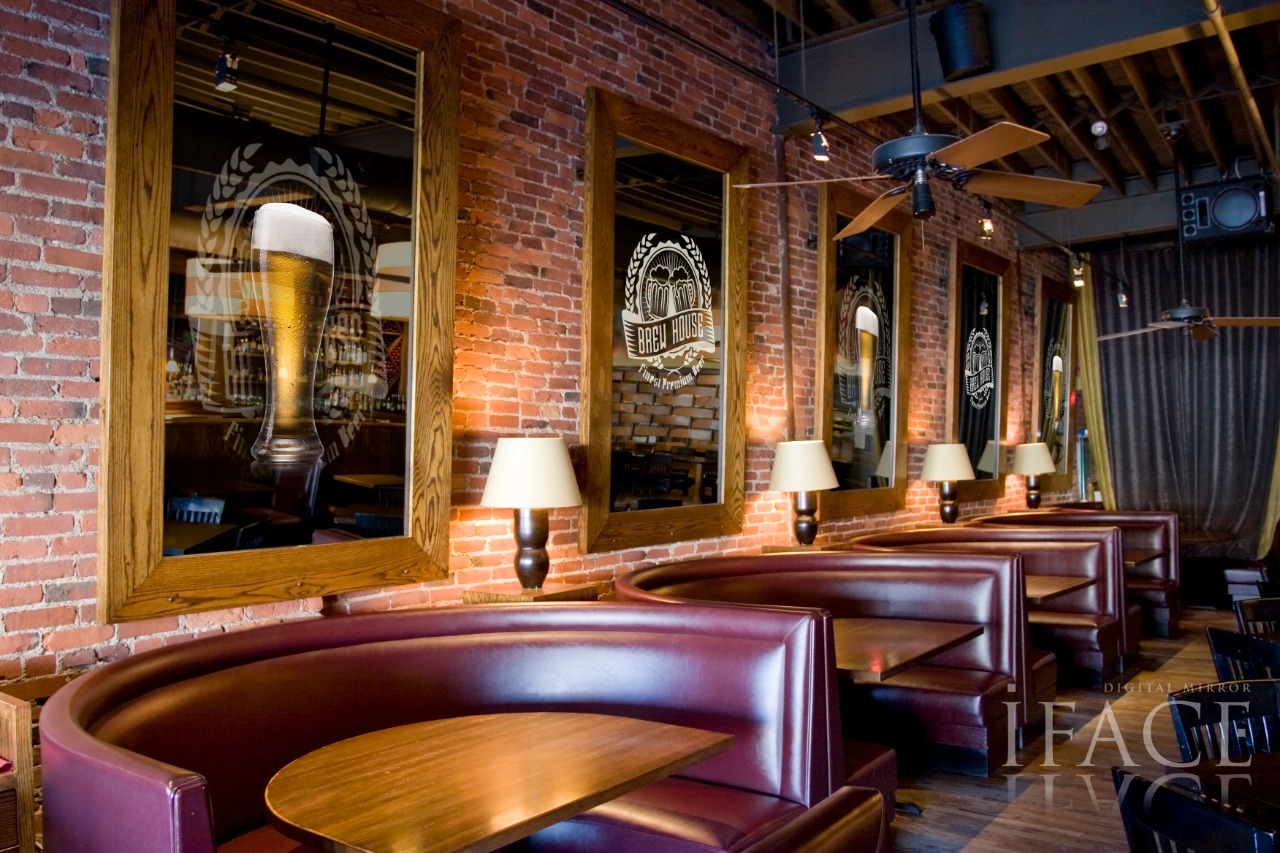New luxury brands advertising changes after pandemic by Jarábik Barbara: Focus on quality, not quantity. It’s better to have a small number of high-quality leads than a large number of low-quality ones. When luxury brands mass market, they risk diluting their message and appeal. Create a Unique Selling Proposition. The best way to give your brand a competitive advantage is to create a unique selling proposition (USP). This is a statement that explains what makes your brand a unique product and why customers should buy from you instead of your competitors. Your USP should be based on your brand’s unique strengths and how those strengths can benefit the customer. For example, you could focus on luxury, quality, or customer service. Make sure that your USP is memorable and easy to understand.

It needs to look and feel the part: Sure, the price can be hundreds or thousands of dollars, but does it feel and look that way? When you hold a Louis Vuitton purse, drive a BMW, or wear a Rolex, it doesn’t feel like it’s your average product. The attention to detail, materials, and engineering all make these products worth their price point to the correct audience. Imagine trying on a watch. The bracelet jingles, it’s flimsy and looks like something you’d buy at the dollar store. That’s not luxury. The 18k gold and diamonds instantly make this model look expensive and luxurious. You don’t have to question whether it’s a high value product or not. The appearance, weight, materials, and everything used to create it tell you the whole story.
Google is one of the most influential channels when it comes to helping luxury shoppers find products, learn more about brands, and make their purchase. As we’ve already alluded to, most luxury brands have pretty poor websites. Unsurprisingly, most of those websites also have extremely bad SEO, making it difficult for their websites to rank well in Google for search terms that would otherwise capture potential customers. Take Prada for instance. When I search for Prada handbags, not only do I not receive a link to Prada’s handbag page (due to their poor keyword targeting, slow site, and poor on-site structure), but the results also look messy and untargeted.
Expanded Text Ads are now our reality, and there’s never been a better time to market your high-end product using the power of paid search. With all that extra space comes the ability to differentiate yourself from the rest of the SERP with language instead of relying solely on brand recognition. After all, even when you’re bidding on branded keywords, there’s a good chance you’ll be competing with third party distributors and your direct competitors. The copy you use in your text ads will be the difference between earning a prospect’s click and watching them scroll on by. As you can see in the column on the left, STA (what used to be called Standard Text Ads) placed tight restrictions on your ability to say anything compelling in your ad copy. How can you stand out from the competition when everyone’s pigeonholed into using the same five-ish sentence fragments? Off the top of my head, hiring a commercially motivated haiku writer was the only plausible solution.

According to a report by McKinsey digital now influences at least 45% of all luxury sales. It’s understandable why luxury brands have been hesitant to move online. Yet, with print and display advertising returns decreasing, and luxury shoppers spending more time online and on mobile devices, luxury brands need to not only adapt to survive in the digital universe, but to thrive also. While the strategies outlined below will provide useful inspiration, it’s worth pointing out that the best strategies will always come from clarifying your goal, breaking it down and brainstorming brand-specific solutions with your team. For this we’d recommend using a tool like TrueNorth or one of the marketing planning tools mentioned here. See additional info at Barbara Jarabik.
Digital signage mirrors are another way for luxury brands to advertise efficiently : The global digital signage mirrors market was valued at USD 780 million in 2021. The global market is expected to grow steady at a CAGR of 12.21% to hit USD 910 million by 2023. Digital signage mirrors can vastly increase individual efficiency by choosing outfits as per weather updates while also offering bus and train schedules (including traffic updates). Digital signage mirrors in smart homes, planes, commercial spaces, hotels, etc. are designed to be connected to users as well as with different devices around. Energy efficiency is one of the major advantages that will drive the adoption of digital signage mirrors.
